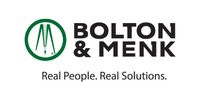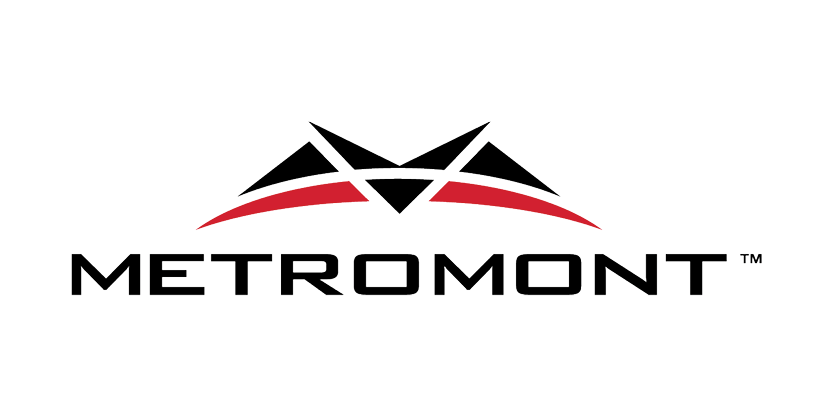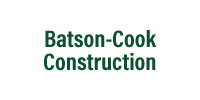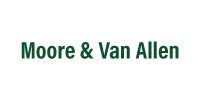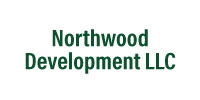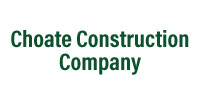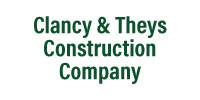Tax Reform's Effect on CRE
Posted on November 3, 2017
House leaders took a significant step forward with tax reform efforts on Thursday with the release of the Tax Cuts and Jobs Act, H.R.1, which includes an expansive set of proposed changes to the corporate and individual tax system.
As promised in my previous messages to you on this topic, our legislative team and I are committed to keeping you informed on tax reform developments affecting the commercial real estate industry. In this proposal:
- Section 1031 like-kind exchanges are preserved for real estate.
- Current tax treatment of carried interest is preserved.
- Deductibility of interest on debt is maintained for those involved in real property trades or businesses, including commercial real estate development.
- Current eight individual tax brackets are condensed into four brackets: 12 percent, 25 percent, 35 percent and 39.6 percent. The top rate of 39.6 percent would apply to income levels of more than $500,000 for an individual and $1 million for couples.
- Corporate tax rates are reduced from the current 35 percent to 20 percent.
- Pass-through businesses (such as partnerships and limited liability companies) will pay a new, lower top rate of 25 percent on their business income, subject to certain restrictions.
- Alternative Minimum Tax (AMT) is eliminated.
- Estate tax threshold is doubled (from the current $11.2 million for married couples), and phased out entirely by 2024. The step-up in cost basis on assets is retained.
- Deduction for state and local taxes limited only to property tax and capped at $10,000. (Currently, state and local income and sales taxes can also be deducted.).
- The Historic Preservation Tax Credit and New Markets Tax Credit are discontinued, with transition periods provided. As legislation moves forward in the House and Senate, NAIOP will advocate for the continuation of these important incentives.
Starting next Monday, the House Ways & Means Committee will begin marking up the legislation. The president has expressed his desire to accelerate tax reform and sign a bill before the end of the year.







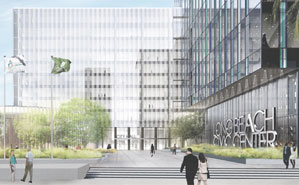 Public-private partnerships are emerging as a mechanism that marries the funding of public facilities like courthouses, libraries, government offices and more with private commercial development.
Public-private partnerships are emerging as a mechanism that marries the funding of public facilities like courthouses, libraries, government offices and more with private commercial development.
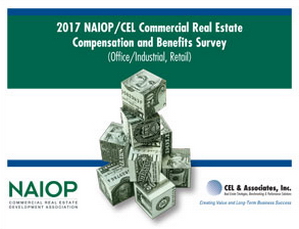 Is your 2018 salary and bonus package competitive? Find out with the 2017 NAIOP/CEL Commercial Real Estate Compensation and Benefits Reports.
Is your 2018 salary and bonus package competitive? Find out with the 2017 NAIOP/CEL Commercial Real Estate Compensation and Benefits Reports.
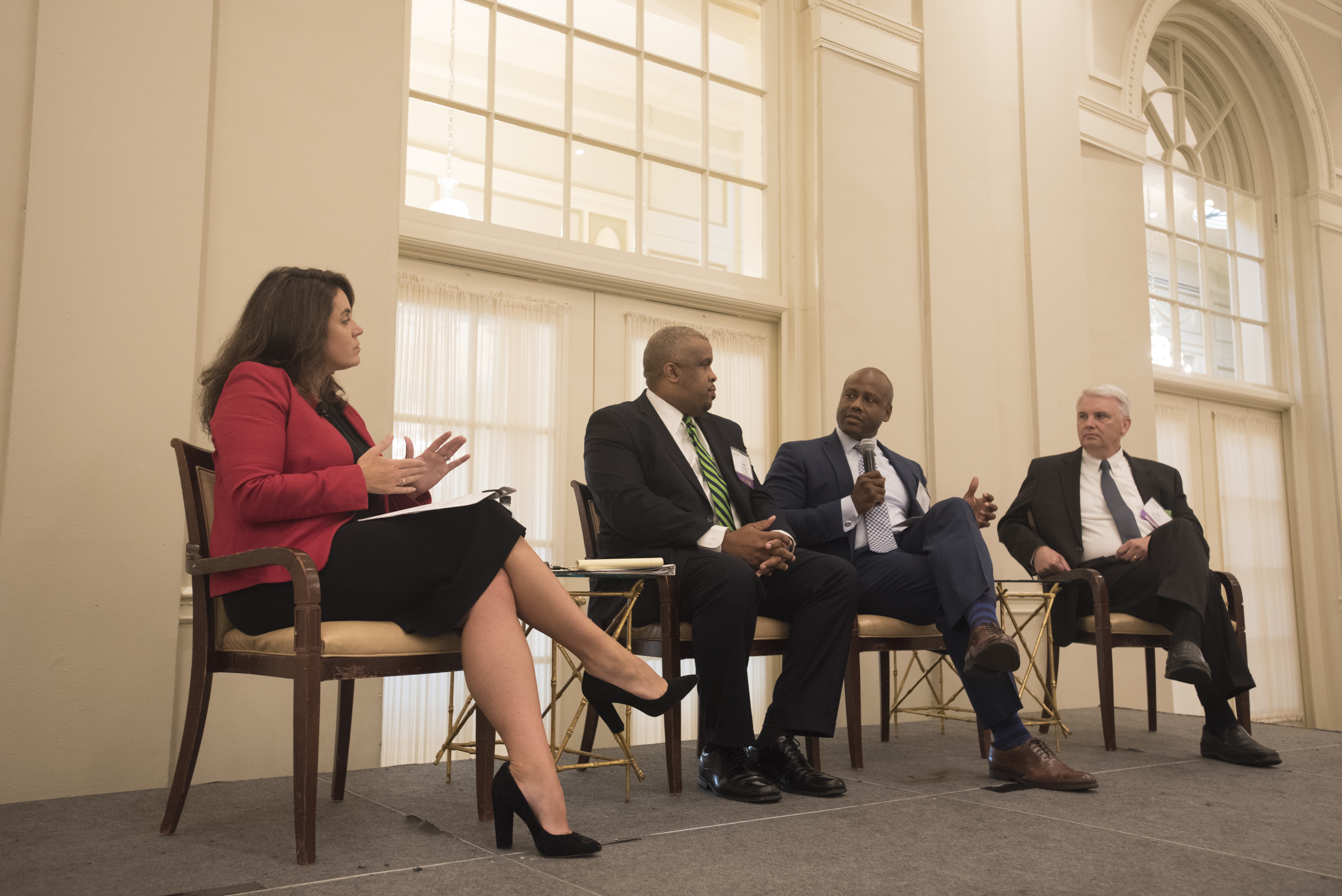 On September 19, 2017, NAIOP Charlotte hosted a breakfast that discussed Moving people and products into, around and outside of Charlotte with bikes, automobiles, trucks, airports, light rail, and trains. It all impacts the future growth and development of our region. This breakfast discussion included diverse perspectives on local, state and national policy and the priorities and challenges for the next 25 years. Are their tools to help move the priorities forward? How does the 2040 Transportation Plan, managed lanes, and rail impact your business and the future of development? And, how can our industry help ensure good mobility in our region?
On September 19, 2017, NAIOP Charlotte hosted a breakfast that discussed Moving people and products into, around and outside of Charlotte with bikes, automobiles, trucks, airports, light rail, and trains. It all impacts the future growth and development of our region. This breakfast discussion included diverse perspectives on local, state and national policy and the priorities and challenges for the next 25 years. Are their tools to help move the priorities forward? How does the 2040 Transportation Plan, managed lanes, and rail impact your business and the future of development? And, how can our industry help ensure good mobility in our region?  What do office and retail property owners need to know about triple net leases?
What do office and retail property owners need to know about triple net leases?

